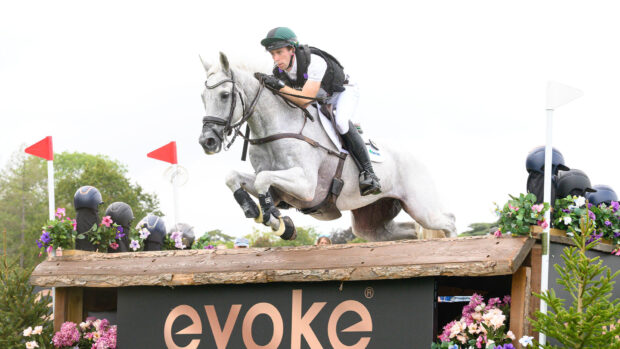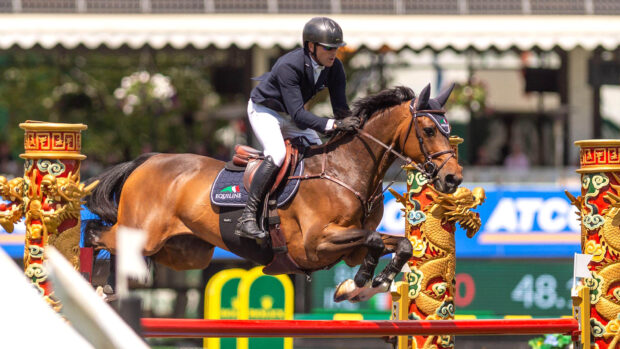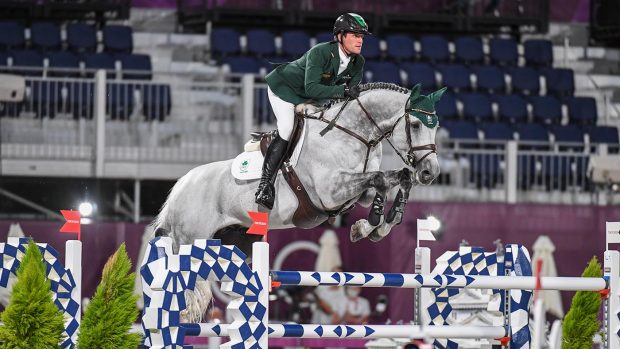A recent case in Ireland, where a girl was awarded a six-figure payout after dislocating her elbow in a claim against an equestrian centre, has sparked wider discussion over the climate in which equestrianism operates.
The girl, who was 10 years old at the time, had been riding her own three-year-old pony in a group lesson and settlement was reached without admission of liability.
H&H sought views on whether cases such as this are a concern for riding schools and how they can protect themselves.
Commenting in general, rather than on the case, George Baber, director of operations for the Association of British Riding Schools, told H&H: “We always insist that people have both the right professional and public liability insurance and we always insist that members risk-assess horses.”
He said the Irish case is “particularly interesting” as it involved an owner’s horse, rather than a yard horse.
Speaking generally again, he added: “But riding is a risk activity and that’s why the insurance is there and I would never knock anybody for seeking redress through the insurance where they have suffered significant or life-changing injury.
“That’s why we have insurance and why we indemnify ourselves. But it’s very difficult; it is a risk sport. We would insist – we do insist – that everybody is appropriately indemnified and we do recommend everybody undertakes a formal risk assessment of horses.”
Again speaking in general, law firm Ashfords – which specialises in equine disputes as well as personal injury and business risk and regulation – told H&H it is a “timely reminder”.
“While the recent claim against a riding school in Ireland might at first sight appear to be a cause for concern for all riding schools, it should not overly concern a well-run riding school, but it should serve as a timely reminder to review their policies and risk assessments. That will help to minimise the risk of a successful claim being made against it,” said a statement from the Ashfords team.
“Riding schools should put in place suitable and sufficient safety policies and procedures, ensure these are properly embedded through staff training, take steps to monitor compliance and keep risk management systems under review. We must also remember that horse riding, while a fun activity, does come with a risk of injury, but the rider is a volunteer to accepting those risks.”
A British Horse Society spokesman told H&H: “Even if we take every possible precaution, we can’t prevent the unexpected. Horses are large, powerful animals and even the calmest can behave unpredictably if startled. We would, therefore, always recommend centres have appropriate insurance to protect rider and horse.”
You might also be interested in:

‘Frustrating and inconsistent’ rules: hope for change for riding schools

Riding school licence expires after inspectors’ ‘obstructive’ behaviour and inappropriate comments

Subscribe to Horse & Hound magazine today – and enjoy unlimited website access all year round
Horse & Hound magazine, out every Thursday, is packed with all the latest news and reports, as well as interviews, specials, nostalgia, vet and training advice. Find how you can enjoy the magazine delivered to your door every week, plus options to upgrade your subscription to access our online service that brings you breaking news and reports as well as other benefits.




